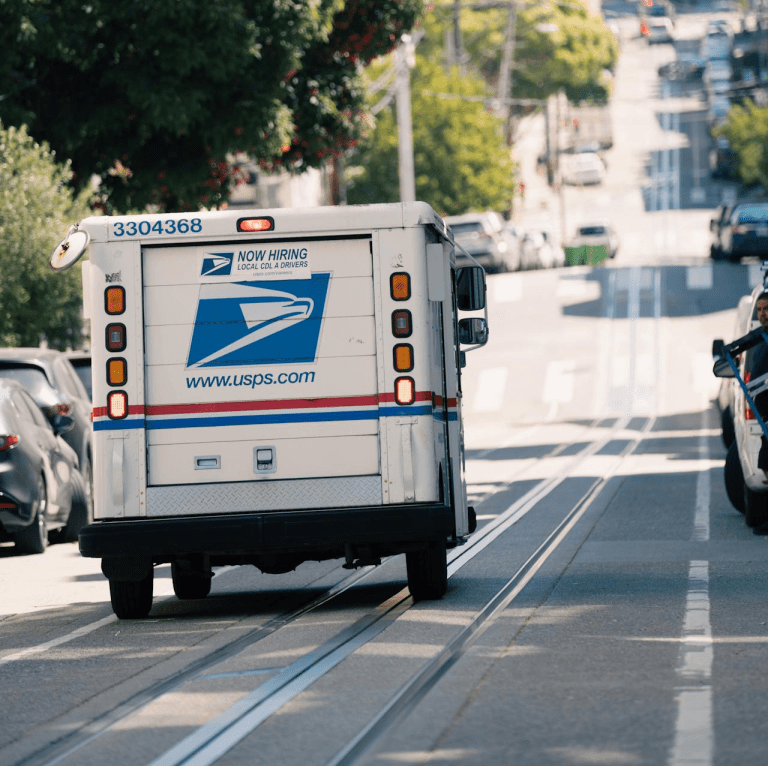Key Takeaways
-
Enrolling in both PSHB and Medicare may seem like a way to enhance your health coverage, but in reality, it can lead to overlapping benefits, confusion in billing, and higher-than-expected out-of-pocket costs.
-
Understanding how PSHB plans coordinate with Medicare is essential in 2025 to avoid wasting money or unintentionally forfeiting key benefits.
The Illusion of Double Coverage
At first glance, having both PSHB (Postal Service Health Benefits) and Medicare seems like a safety net. After all, two forms of coverage should reduce your costs and broaden your access to care, right?
That assumption is not always true. While these two systems were designed to work in tandem, they don’t always integrate seamlessly. In fact, the interaction between PSHB and Medicare can result in redundant coverage, delayed reimbursements, or even denial of claims if the order of payment responsibility isn’t properly understood.
The result? You may end up paying for coverage you don’t fully use—or worse, receiving bills for services you thought were covered.
What PSHB Promises in 2025
The PSHB program, launched in 2025, replaced FEHB for postal workers and annuitants. Designed specifically for USPS employees and retirees, PSHB plans mirror many features of their FEHB predecessors but introduce several Medicare-related provisions.
Here’s what PSHB offers:
-
Employer-sponsored coverage with broad provider access.
-
Options for Self Only, Self Plus One, or Self and Family enrollment.
-
Coordination with Medicare Parts A and B for eligible annuitants.
-
Prescription drug coverage through Medicare Part D Employer Group Waiver Plans (EGWPs).
However, the fine print matters. The coordination rules between PSHB and Medicare significantly influence how your claims are paid—and how much you end up paying yourself.
When Medicare Kicks In
Medicare Part A (hospital insurance) is premium-free for most people and becomes effective at age 65. Medicare Part B (medical insurance) carries a monthly premium and covers outpatient care, doctors’ services, and preventive care.
In 2025, PSHB mandates Medicare Part B enrollment for most Medicare-eligible annuitants unless exempt. If you don’t enroll in Part B when required, your PSHB plan may reduce its coverage—or deny it altogether—for services that Medicare would have covered.
This means that failing to enroll in Part B could leave you exposed to full medical bills for doctor visits, lab tests, and outpatient procedures.
The Real Cost of Redundancy
Double coverage doesn’t mean double benefits. If both PSHB and Medicare cover the same service, the rules of coordination determine who pays first and how much. Here’s what that looks like:
-
Medicare is primary for annuitants enrolled in both Medicare and PSHB.
-
PSHB acts as secondary and may pick up remaining costs, like copayments or coinsurance.
But not all costs are picked up. Depending on your plan’s coordination rules, some charges—like excess provider fees or services not covered by Medicare—may be left for you to pay.
Also, if you continue paying full PSHB premiums while Medicare takes over most of the costs, you’re paying twice for a level of care you might not fully need.
What Happens Without Part B
Not enrolling in Medicare Part B when you become eligible has serious consequences under PSHB in 2025:
-
Your PSHB plan may not cover outpatient services.
-
You may lose access to prescription drug benefits, since they are linked to Medicare Part D through the PSHB EGWP.
-
Out-of-pocket expenses could soar, especially if you see a specialist or need regular diagnostics.
Some exemptions apply, including for annuitants who retired before January 1, 2025, or those who were age 64 or older as of that date. But for most new retirees, opting out of Part B is not an option without penalty.
Why You Still Pay for PSHB
Even with Medicare coverage, you must still pay your PSHB premiums. That’s because PSHB acts as a supplement—not a replacement—for Medicare. This setup means that even though Medicare covers many primary services, you’re still responsible for contributing to your PSHB plan.
That adds up to:
-
Monthly PSHB premiums.
-
Medicare Part B premiums.
-
Medicare Part D drug costs (if applicable).
Without careful review, you could be paying over a thousand dollars a year in duplicate coverage fees.
Coordinating Care Providers
Doctors, hospitals, and pharmacies also have to understand who pays first. If they bill PSHB before Medicare, you may end up dealing with claim denials or long delays in reimbursement.
To avoid these issues:
-
Always inform providers that Medicare is your primary coverage.
-
Show both your Medicare and PSHB ID cards.
-
Ask billing staff to confirm the coordination order in their system.
Prescription Drug Confusion
Starting in 2025, most PSHB annuitants receive prescription drug coverage through a Medicare Part D EGWP embedded in their health plan. If you decline Part B and are removed from the EGWP, you risk:
-
Losing drug coverage.
-
Being unable to re-enroll later unless you qualify for a Special Enrollment Period.
The Part D component of PSHB plans also includes important benefits like:
-
A $2,000 annual out-of-pocket maximum for covered drugs.
-
Access to a broad pharmacy network.
-
A cap on insulin costs.
But these benefits hinge entirely on your Medicare eligibility and enrollment status. If Medicare and PSHB are out of sync, your prescriptions may not be covered as expected.
How to Tell If You’re Paying Too Much
If you’re retired and paying both PSHB and Medicare premiums but:
-
Rarely see doctors
-
Don’t take expensive prescriptions
-
Have minimal medical needs
…you might be over-insured. In this case, you’re paying premium dollars for benefits you rarely use. While dropping PSHB isn’t advisable unless you have alternative coverage, you should carefully evaluate whether your current setup matches your healthcare needs.
Red Flags You Shouldn’t Ignore
You may be in a double coverage trap if:
-
You’re paying both PSHB and Medicare premiums but still receive large medical bills.
-
Your provider bills are delayed or denied due to billing order confusion.
-
You’ve been removed from the PSHB Part D drug plan due to a missed Medicare Part B enrollment.
Steps to Take Right Now
If you’re enrolled in both PSHB and Medicare or approaching eligibility:
-
Review your plan’s coordination policy. Every PSHB plan handles coordination with Medicare differently.
-
Call your plan’s customer service line. Ask how your benefits are affected if you don’t enroll in or cancel Medicare.
-
Consult a licensed agent listed on this website. They can walk you through your Medicare and PSHB options to ensure you aren’t paying for unused coverage.
Making Both Systems Work for You
Yes, PSHB and Medicare can work together. But only if:
-
You’re properly enrolled in both.
-
You understand who pays first.
-
You communicate clearly with your healthcare providers.
-
You choose a PSHB plan that truly complements your Medicare coverage, not duplicates it.
For many postal retirees, this combination offers excellent protection—but only if the coverage is coordinated properly and adjusted as your health needs change.
Get Help Before You’re Stuck Paying the Bill
PSHB and Medicare aren’t plug-and-play. Without the right coordination, you risk coverage denials, billing chaos, and wasted premiums. The longer you go without addressing these overlaps, the more money and benefits you may lose.
Speak to a licensed agent listed on this website today. They can help you:
-
Understand PSHB-Medicare integration.
-
Make smart enrollment choices.
-
Avoid coverage gaps and out-of-pocket surprises.
Take the time now—before the wrong billing code costs you more than just frustration.










